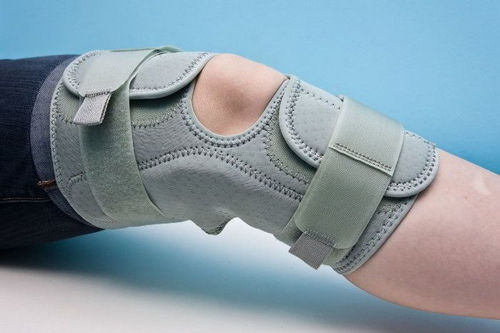How a DXA works. X-ray beams with differing energy levels are aimed at the bones and the bone mineral density is determined from the level of absorption of each beam by bone. The scan produces high resolution pictures which provide the most accurate way to assess bone mineral density.
What to expect when you have DXA scan
Having a DXA scan is a similar process to having a normal ‘X-ray’. It does not hurt, is fast and has a lower radiation dose compared to other X-ray methods.
Usually only the bones in the lower back (lumbar spine) and hip region (proximal femur) are measured. In special cases the bones in your forearm (radius) may be measured.
To assess your bone density and risk of developing osteoporosis, your doctor may ask you questions linked to the causes of osteoporosis including:
| Links to osteoporosis | Questions your doctor may ask |
|---|---|
| Alcohol |
|
| Calcium |
|
| Corticosteroid (type of steroid hormone therapy) therapy |
Are you taking, or have you ever had to take, a course of:
|
| Exercise | How much exercise do you do in an average week? |
| Family history | Is there anyone in your immediate family (mother, father, sibling) who has had osteoporosis or fractures, and at what age were they diagnosed? |
| Fracture | Have you suffered any fractures? |
| Hyperthyroidism (overactive thyroid) | Have you ever had any thyroid problems? |
| Medication | What medications do you take? |
| Menopause |
|
| Menstruation |
|
| Posture |
|
| Smoking |
|
If you want to discuss a bone health assessment, it is worth booking a longer consultation time.

If your doctor finds you have significant risk factors for osteoporosis, then your doctor may arrange tests as outlined below.
DXA scan
A dual energy X-ray absorptiometry scan (DXA, previously DEXA) is a specialised X-ray used to measure bone mineral density.
A DXA scan may be used to:
- confirm a diagnosis of osteoporosis
- identify the extent of any bone loss
- determine whether any treatment for osteoporosis is working
Understanding your T-score
The result of a DXA scan is presented as a T-score.
Your T-score reflects how much your bone density differs from that of a healthy young woman (when peak bone mass is at its best), measured in ‘standard deviations’ (the average distance from the average). A negative T-score means you have reduced bone density which will happen as you age. It is the extent of the negative score that is important to consider.
There are stages and progression of bone mineral density loss from normal to osteopenia to osteoporosis:
| T-score ranges | |
|---|---|
| Normal bone density | -1.0 to 0 |
| Bone density for osteopenia (thinning of the bones is present but there is no increased risk of fracture) | -1.0 to -2.5 |
| Bone density for osteoporosis (thinning of the bones is present and there is an increased risk of fracture) | -2.5 or less |
Assessing the risk of fracture
A low bone mineral density measure is associated with an increased risk of fractures. For every reduction in T-score, the risk of fracture doubles so someone with a T-score of -2 faces twice the risk of fracture compared with someone whose T-score is -1.
Other factors influence the likelihood of fracture, not just the bone mineral density reading on a DXA scan (see causes of osteoporosis).
Frequency of DXA scans
Generally your doctor will arrange for you to have a repeat DXA scan every two years to monitor the status of your bones and/or assess the effects of therapy.
Medicare and DXA scans
The cost of a DXA scan in Australia is generally less than $100. The cost may vary depending on where the test is performed. There are specific reasons that allow for a Medicare rebate in Australia (i.e. you may be eligible for Medicare funding for part or all of your scan costs).
These include:
- people aged 70 years and over
- one or more fractures occurring after minimal trauma
- monitoring of low bone mineral density proven by previous bone DXA
- prolonged steroid therapy
- female oestrogen deficiency (hypogonadism) lasting more than 6 months before age of 40
- primary hyperparathyroidism (high concentration of parathyroid hormone in the blood)
- chronic liver disease
- chronic kidney disease
- proven malabsorption disorders such as coeliac disease
- rheumatoid arthritis
- hyperthyroidism
X-ray
A plain X-ray of your upper and lower spinal column (thoraco-lumbar spine) may be ordered to determine whether there are already features of osteoporosis affecting the spinal column. Up to one third of women with osteoporosis may have had a fracture of the spine without knowing it.
Blood tests
It may also be necessary to have blood and urine tests to look for any contributing causes for osteoporosis. This may include assessment of vitamin D levels, calcium levels and thyroid function.
Ultrasound
Currently ultrasound tests are available at many pharmacies. These involve an ultrasound measurement of the heel. Ultrasound tests are not as accurate in assessing for osteoporosis as a DXA scan and are not recommended by doctors.



